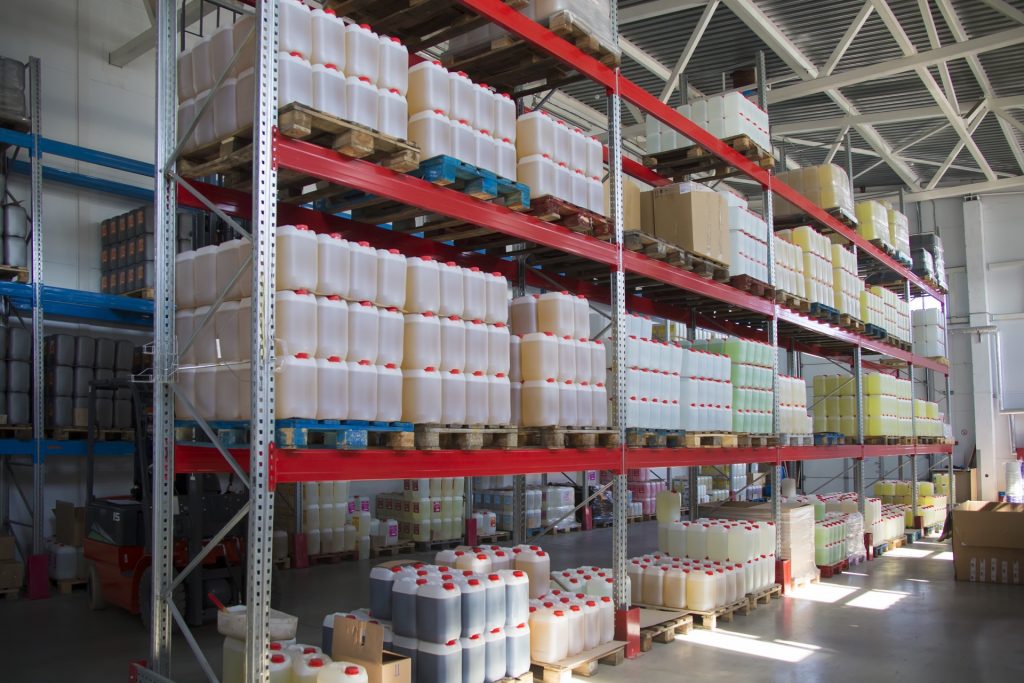With the variety of plastic materials available for building projects, it can be difficult to decide what type is the best for your project. Ultra-high-molecular-weight polythene (UHMW plastic) is an excellent choice for a variety of projects, despite its often-overlooked potential as a building material. So what is UHMW plastic and how is it used? We explore what makes it stand out and why it’s a great choice for many parts.
What Is UHMW Plastic?
UHMW plastic is, of course, a plastic, but it’s under a special type of building thermoplastics that makes it perfect for a variety of uses. As a material, it’s non-toxic, abrasion resistant, odorless, tasteless, and is chemically resistant to many acids and bases.
In addition, the material is very strong and has a high impact strength. In fact, it currently has the highest impact strength out of any other thermoplastic available on the market!
Because of the plastic’s unique property of high molecular weight it takes significantly more energy to melt or turn into a molten liquid. As such, UHMW plastic can be welded and used for fabrication which makes it perfect for a variety of uses. The minimum temperature and pressure for welding is 204°C (400°F) and 300 psi respectively.
However, the plastic would be considered flammable, but would be classified as HB on UL-1 (i.e. burning less than three inches in sixty seconds) and doesn’t have UL recognition.
What Is UHMW Plastic Used For?
Because of the many useful properties the material has, it has an according amount of wide applications in various industries. It’s commonly used in the food service industry in cabinetry and food containment as it can be easily cleaned (being chemically and corrosive resistant), and its durable nature means food can be stored without worry of damage leaking. As an added bonus, the plastic can come in a variety of finishes.
Another common application is its use in electrical components and semi-conductors. The material can be manufactured in conductive or anti-static forms which makes it perfect for electrical usage.
Due to the material’s durability, it’s often used in assembly production lines. Specifically, UHMW plastic is used in conveyor line components, bearings, guide rails, star wheels, and wear strips. It’s also commonly used in packaging and food processing machinery for being able to take repeated actions and movements for extended periods of time.
Marine dock parts will frequently be made with this plastic as well because of its low moisture absorption property. For example, it’s used to make marine dock fenders since the material can resist damage from watercraft bumping into it while resisting moisture as well.
Finally, you’ll find UHMW plastic in many types of armour, particularly body armour. The high impact resistance of the material makes it a great choice for protection from projectiles and its lightweight property makes it comfortable to wear.
Differences Between UHMW Plastic and HDPE Plastic
HDPE plastic (High Density Polyethylene) is a similar type of material to UHMW plastic and they share many attributes. Like UHMW, HDPE is chemically and corrosive resistant, has a low moisture absorption, and high tensile strength. It does have a high impact strength, but it’s lower than that of UHMW plastic. It’s also more rigid than that of UHMW plastic but is more aesthetically pleasing with a smoother finish making it a potentially better choice when it comes to component appearance.
Regardless of the building project, it’s important to choose the right materials to ensure you get the results you want. UHMW plastic has plenty of useful properties that make it a strong candidate for many applications. It’s also easy to fabricate and machine meaning you can easily craft it to whatever need you have.

